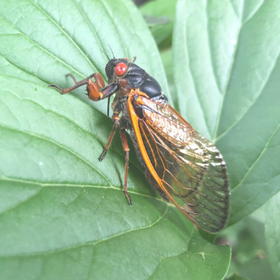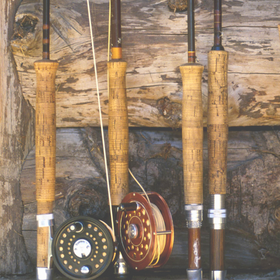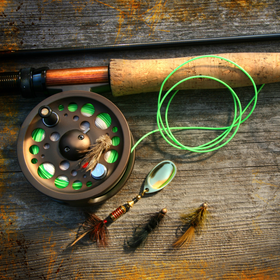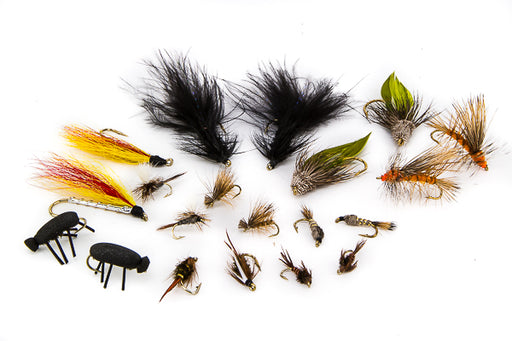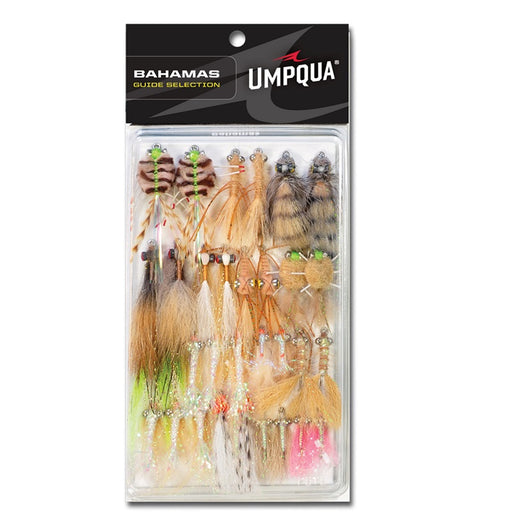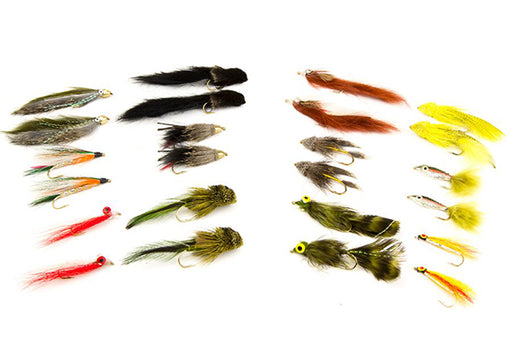
Blue Wings and March Browns- Different hatches require different strategies
Spring is just around the corner, again. Winter's icy grip will soon release us, and then an onslaught of insects will begin to emerge. Spring trout fishing is a rite. There can be no better time to get out the fly rods than in those early days when the sun is not quite warm enough, but the fishing is good enough to keep you on the water.
Blue Winged Olives are the primary winter mayfly throughout most of the US. They predictably hatch right into the warm end of spring. March Brown mayflies are a true sign of springtime. These tannish, pinkish mayflies can hatch as early as January, but are more typically found from late March through April and into May (here on the Deschutes at least).
These two mayflies are very likely the reason that trout are eating dry flies in the early spring. The differences between a BWO and March Brown are miniscule overall, but these two species of mayflies require different strategies.
Blue Winged Olives
Blue Winged Olives are part of the baetis family, and consist of a large number of distinct species. They size and color can vary quite a bit more than most anglers realize. They can be gray to green to nearly black, sizes 12 to 24 or smaller. BWOs tend to hatch on the warmest part of a cloudy day. They do not require all of those things though. The midday hatch is pretty predictable from October to March here in Oregon. Some days are pretty thick, some are pretty sparse, but there are usually enough bugs to bring a few fish up even in the lightest of hatches. The hatches can go from zero to milkshake thick in a few minutes, and then can be over just about as quickly.
The biggest BWO hatches that most anglers will ever see often occur right after a midday rain storm. The river will often erupt with Blue Wings after a good soaking. BWOs tend to hatch in slower water, deep pools and especially in back-eddies. Oh, they love a good back-eddy. But the key is usually to find something slower than usual.
Fish also like to "pod up" in similarly slower, deeper water in the winter. BWO hatches can involve a lot of long casts, long drifts with big trout giving your fly a really hard inspection before refusing. The nature of deeper water with less turbulence gives fish the advantage over your fly. Fish in fast riffles have to make that instant decision to commit to your fly as soon as they see it. BWO eaters, not so much.
March Browns
March Browns are a bit different than a Blue Winged Olive. They provide what many anglers would consider a more classic experience of a mayfly hatch. These bigger insects hatch in shallower runs and riffles, and can bring trout into more advantageous water. We certainly love trout in shallow water; they tend to eat quickly and aggressively. That being said, we usually don't find too many fish in extremely shallow riffles this time of year. They seem to prefer easy access to the deeper water if things aren't working out for them. I tend to find them in that mama bear type of water, decent speed, decent structure, nothing too shallow or too fast, quick access to deep areas.
The March Browns don't typically hatch as thick as the BWOs. It is more of a slow and steady hatch over an hour or two or three. This gives anglers an opportunity to move around, find different fish and try different flies, although rule number one is "don't leave fish to find fish". I would rather sit down, take a break and let the fish forget all about me, or alternately; to let them move into better positions as the hatch progresses.
Fish in riffles are often more forgiving of bad casts, bad drifts, bad fly selection, etc... Just the type of fish that we like. This often makes for a more successful day of putting fish in nets with dry flies.
All of that being said, please remember that a nice hatch of either insect can really occur just about any time at a wide variety of locations. Blue Wings can and do hatch in riffles. March Browns can and do hatch in slow, deep pools. Be prepared with a variety of strategies, flies and locations in mind.
Fly Selection
Blue Wings and March Browns are found in differing types of water and require different strategies for choosing a fly.

BWO Nymphs
There are a couple of nymphing strategies for fishing BWO patterns. Prior to any adult bugs hatching, the nymphs are moving. Anglers can often find fish eating BWO nymphs at the back/tailout of a pool early in the day. Fish tend to slowly move from deeper holds into more suitable water as more bugs become available. When the adults start hatching, trout are often suspended just a foot below the surface, sometimes in water that is 8-10 feet deep or more.
Many anglers will start with heavier beadhead nymphs and switch to lightly weighted and unweighted flies as the day goes on. Trout often eat emergers just under the surface for quite a while before moving to the adults. Fishing an unweighted Barr's BWO or Barr's Blue Dun can be very productive when the trout are eating emergers
Favorite Nymphs (sizes 16-20)
- Barr's BWO and Barr's BWO Beadhead
- Pheasant Tail and BH Pheasant Tail
- Mighty Baetis
- RS2 Nymph
- WD-40 / BH WD-40

- BWO
- BWO Quill Body
- Blue Quill
- Baetis Cripple
- Hare and Copper / Hare and Copper Beadhead
- March Brown Beadhead
- Hare's Ear / Hare's Ear Beadhead
- Red Squirrel Nymph
- March Brown Spider
- March Brown Wet

- March Brown
- Gray Fox
- Eastern March Brown
- Parachute Hare's Ear
- Klinkhammer Hare's Ear

